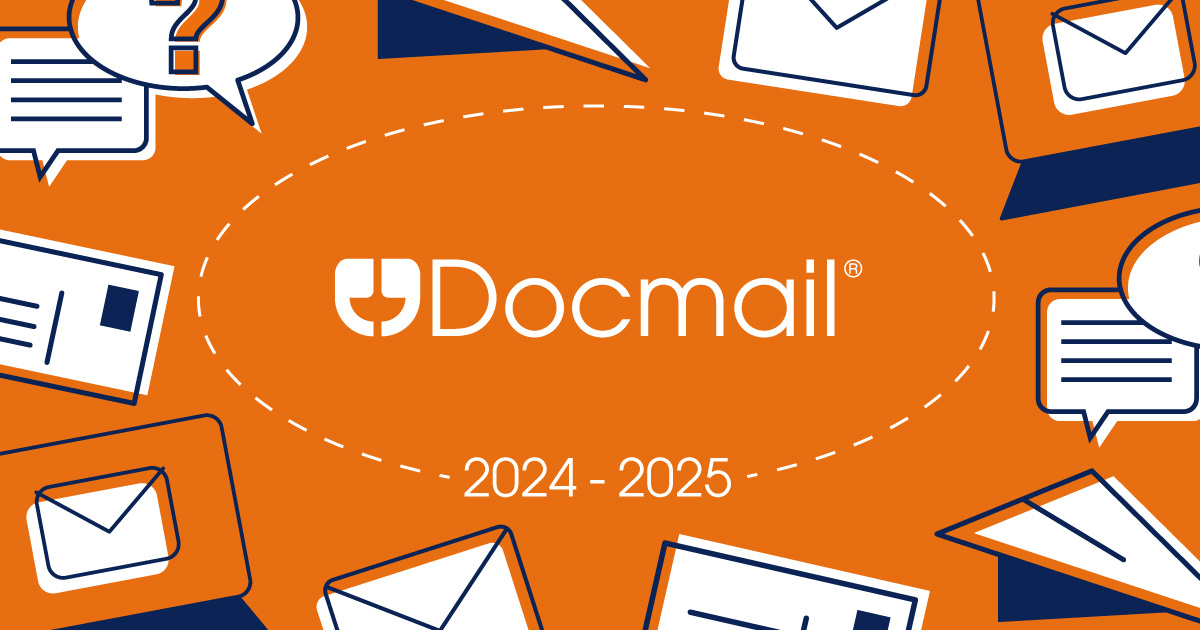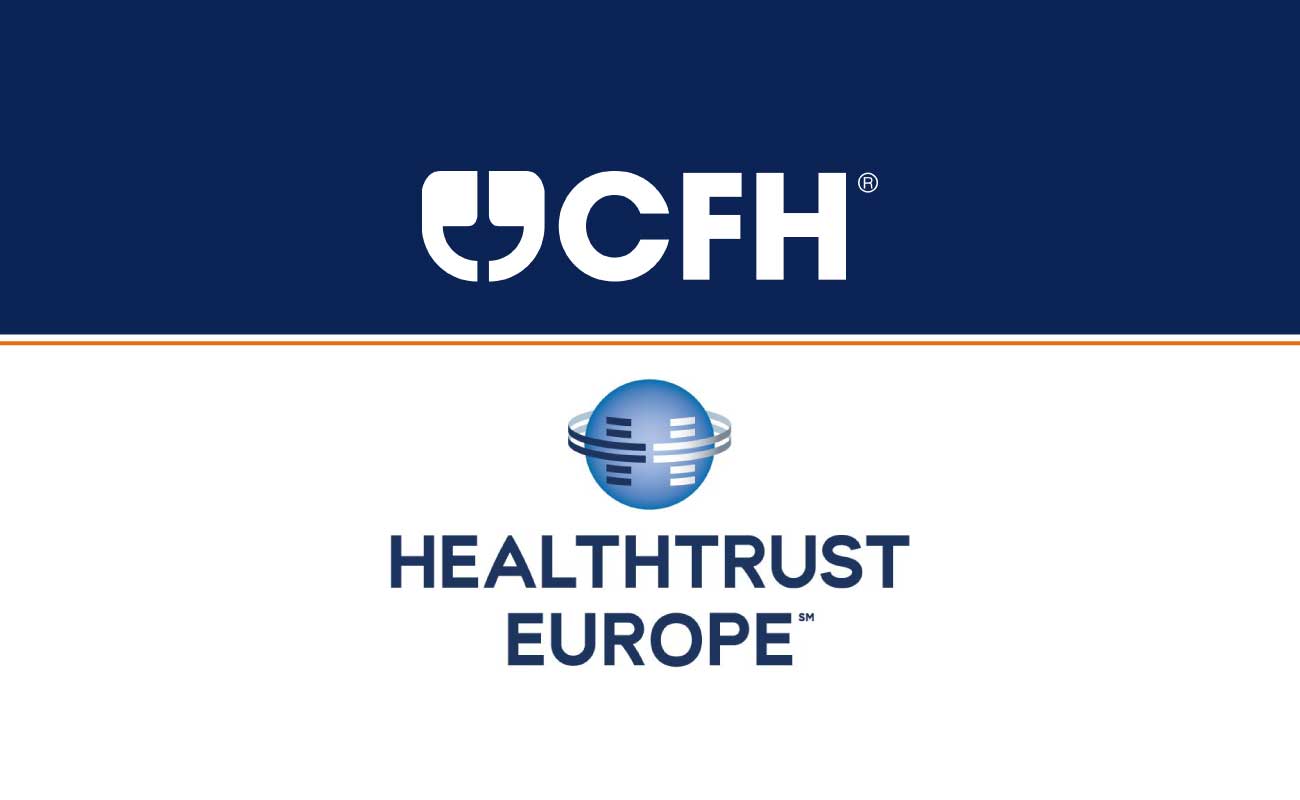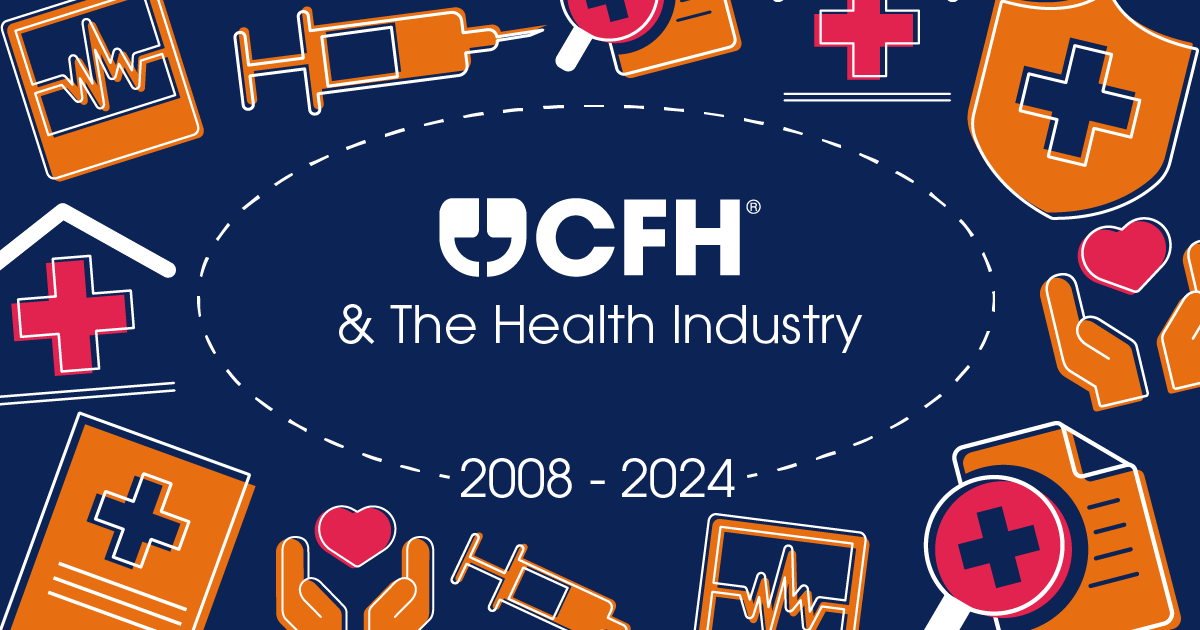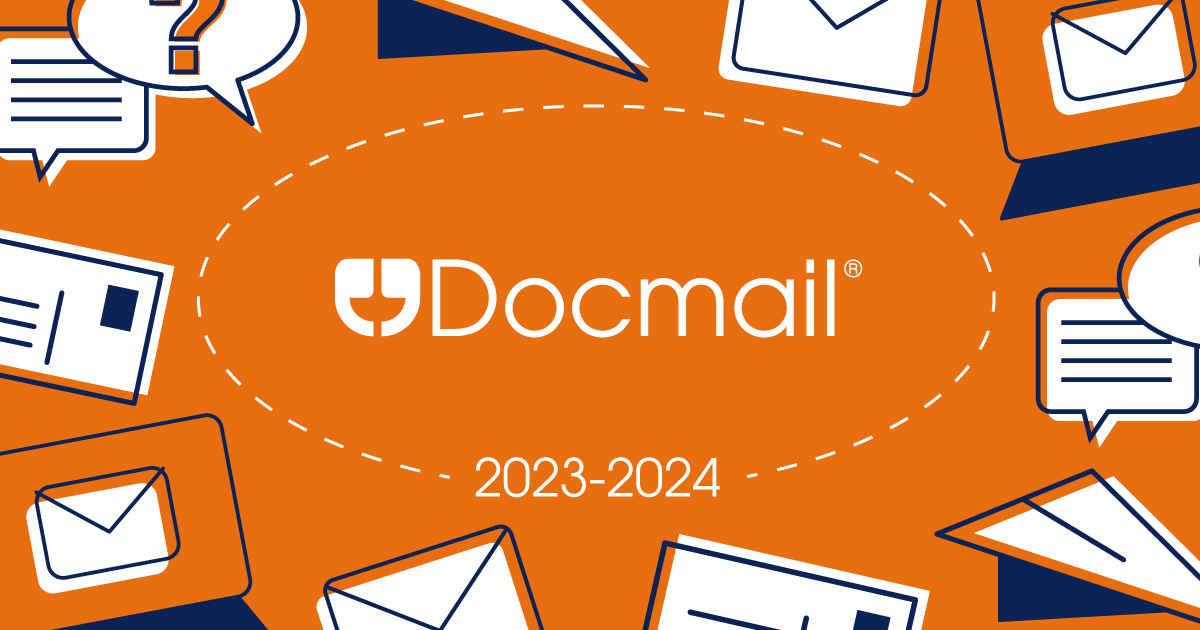Seasonal flu vaccination uptake hit record levels last winter, but the picture isn’t so positive for childhood immunisation.
In 2019 the UK lost its World Health Organisation ‘measles free’ status (Nursing Times, 2019), as vaccine uptake dropped, with approximately 1 in 7 children not having their MMR (measles, mumps and rubella) jab (The Guardian, 2019).
Lockdowns caused by COVID have massively disrupted the regular immunisation programme and further increased hesitancy around childhood immunisation. The number of MMR vaccines delivered in England fell by 20% during the first three weeks of the lockdown and is still 2.8% below where it was in 2019 (Surveill, 2020). But, what does this really mean for medical practices and patients and how do we look to change this?
Child vaccination programmes are a vital event in practice calendars, ensuring children within local communities have been vaccinated against harmful diseases.
Whilst these occur all year round the period between July and September is notoriously busy, with practices across the country working to reach their targets and increase their vaccination uptake. But this isn’t without its challenges.
Fear of side effects of vaccines
Lack of confidence in vaccine effectiveness
Lack of understanding of herd immunity
Lack of perceived threat - unlike Covid, we do not see measles/mumps in the community
Social media - 50% of parents with children >5 say they are often or sometimes exposed to anti-vax messages
Traditional media - particularly around Andrew Wakefield Autism scandal
Lack of communication from trusted providers
The timing, frequency, location and availability of appointments
68% of parents agreed that forgetting appointments was a key barrier
Source: (RSPH, 2019)
Even before COVID 1 in 5 people thought that vaccines could be harmful, with a growing presence of Antivax posts appearing online. Anti-vaccination accounts on Instagram grew by 358% in 2020 whilst public anti-vaccination groups on Facebook grew by 34% in 2020 (BBC, 2021).
Hesitancy has continued to grow over the last 12 months and it is not only regarding the COVID-19 vaccination. It increasingly surrounds other vaccinations that are administered during childhood due to the limited contact with medical practices over this period, relating to decreased uptake for this critical programme.
Research shows this hysteria is driven by misinformation and misunderstanding, which will continue to grow within communities if the childhood immunisation programme and the importance of this campaign aren’t positively communicated to the right audience, at the right time.
With child immunisation programmes playing such a vital role in the fight against diseases, it is increasingly important for practices to break down these barriers and target patients in a relevant, impactful and engaging way, ensuring that children within their communities are vaccinated and parents are informed and communicated with in a way that is positive for both parties involved.
So how do you increase your uptake for your childhood immunisation programmes? How do you correct the misconceptions surrounding vaccinations?
For patient communications to be effective, they need to be smart. Smart for your patients and smart for your practice processes. It’s about communicating when it matters, to who it matters and in a way that matters, to drive vaccine uptake and deliver the targeted outcomes for practice campaigns.
Within childhood immunisation programmes, practices are targeting parents, therefore the communications required need to speak to this audience in a way that resonates with them and leaves a positive impact. It’s about identifying the patient cohort and driving patient engagement at this level.
Patient communication not only needs to be in a format that they recognise, trust and engage with when looking after their own health but also positively inform parents and provide clarity so that informed decisions can be made for their children.
It’s about providing patient reassurance, through effective communication that builds on patient/practice relationships and provides reassurance and understanding in a language that they can relate to.
Confidence comes from understanding and this can be led from practice level, so that patient engagement is increased, and childhood immunisation programmes can be rolled out successfully.
Whilst a multichannel approach is often adopted to deliver successful communications, it’s about finding that one source that provides the practice with the ability to answer questions and break down education barriers.
A childhood vaccination message needs to be time-specific, age driven and audience-focused, and therefore needs a trusted and respected channel. Mail saw the biggest increase in trust since the start of the pandemic (Touchpoints, 2021).
It’s about using the right channel, to provide the understanding and postal communications offer just that.
Practices across the UK are utilising letters ‘JICMAIL tracking shows that medical letters have 100% engagement and drive discussion’ (Market Reach, 2021) as an initial point of contact for parents, providing them with all the information they need to make an informed decision for their child as well as attend the practice in a safe manner.
Vaccine hesitancy is higher in some demographic groups such as:
Inner cities
Some ethnic minority groups
Deprived postcodes
Lower economic-status families
And mail has been shown to be very effective in reaching these audiences.
JICMAIL tracking shows that lower-income households with children interact with medical mail up to 5 times and that it stays in the home for almost 11 days (Market Reach, 2021) proving to be a tried and trusted channel that generates results for practices. Postal communications including letters, newsletters and postcards are able to break down the barrier surrounding vaccines, providing trust and confidence when it really matters.
Information is powerful, and communicating in a way that relates to and resonates with the audience, helps pass this understanding on. A well-timed and targeted piece of mail can help overcome vaccine hesitancy, this not only influences practice uptake, allowing practices to meet targets within a campaign but provides a wider understanding of the childhood vaccination programmes, allowing them to be successfully managed and rolled out across different communities.
If you would like to find out more about how we could help you then please get in touch we’d love to talk to you about your communication and talk to us about your communication objectives and how we can work with you to achieve your child immunisation targets within your local area.
References
JICMAIL (2021), How Mail Can Help Overcome Vaccine Hesitancy - Vaccine Brief Presentation. (Accessed 20th May 2021).

Structured Credit Communications For Leading Agri-Food Organisation

Surrey County Council Sought to Optimize Print/Post Services Across Departments. We Helped Transform Their Services With Our Industry Expertise.
The block management software providers at Blocks Online experienced considerable growth upon integrating a reliable mailing method and API connection.
Transitioning to new postal options gave Croydon Health Services NHS Trust more flexibility in how they communicate with their patients.
Keen to adopt a more efficient way of printing, packing and posting their time-sensitive paper communications, High Mill has embraced the Docmail Print Driver.
Simplified Patient Communication For Lung Health Check Programme



Looking to streamline the process of sending crucial patient communications, CFH ensure accuracy and timeliness of delivery for LLR Patient Care Locally.




Fife-based Electricity Asset Services, specializing in electrical and civil engineering, employs CFH's Docmail system for improved communication with Scottish Power and staff.












Docmail, saving valuable time and money while supporting the NHS Long Term Plan, across 110 surgeries and a combined 1 million patient cohort.